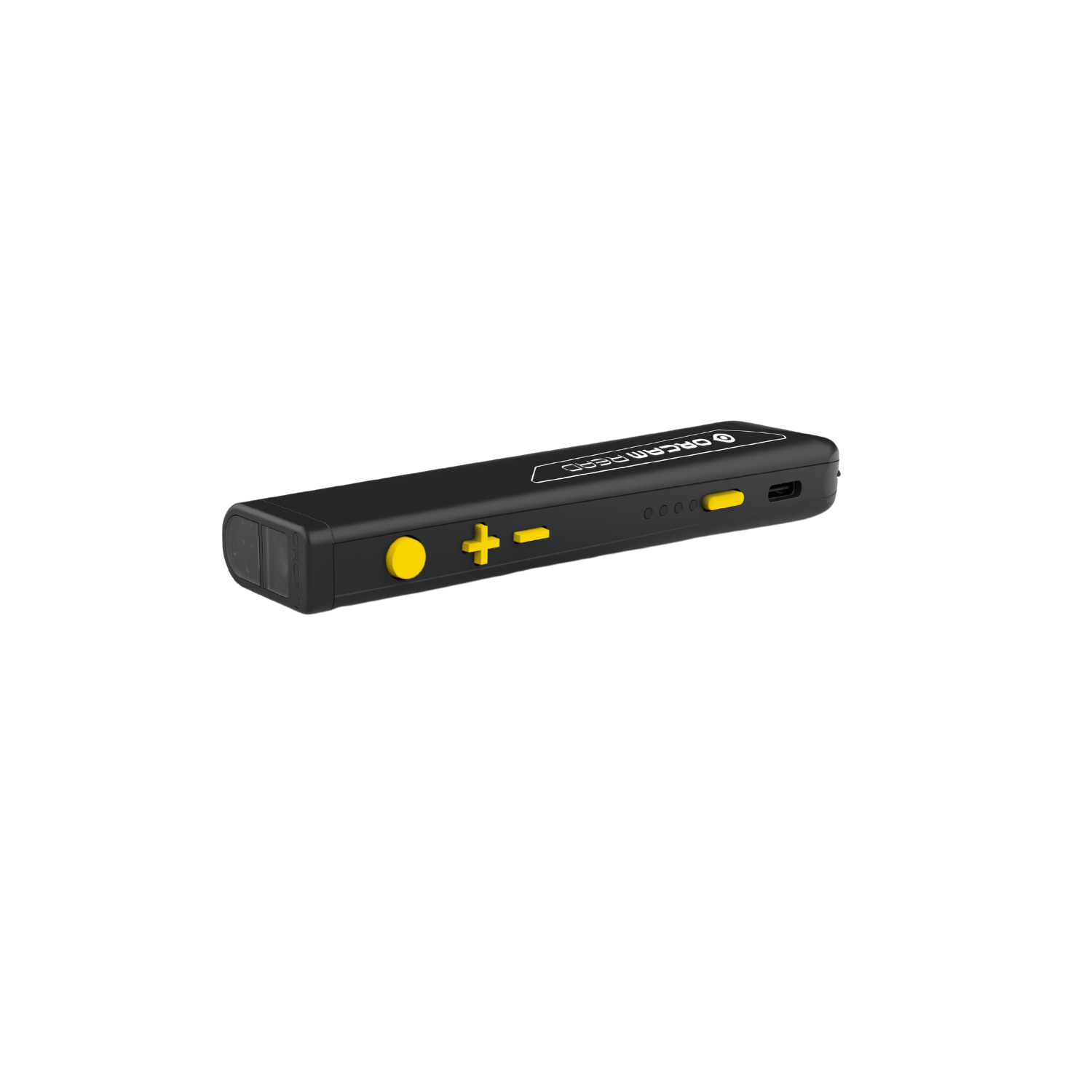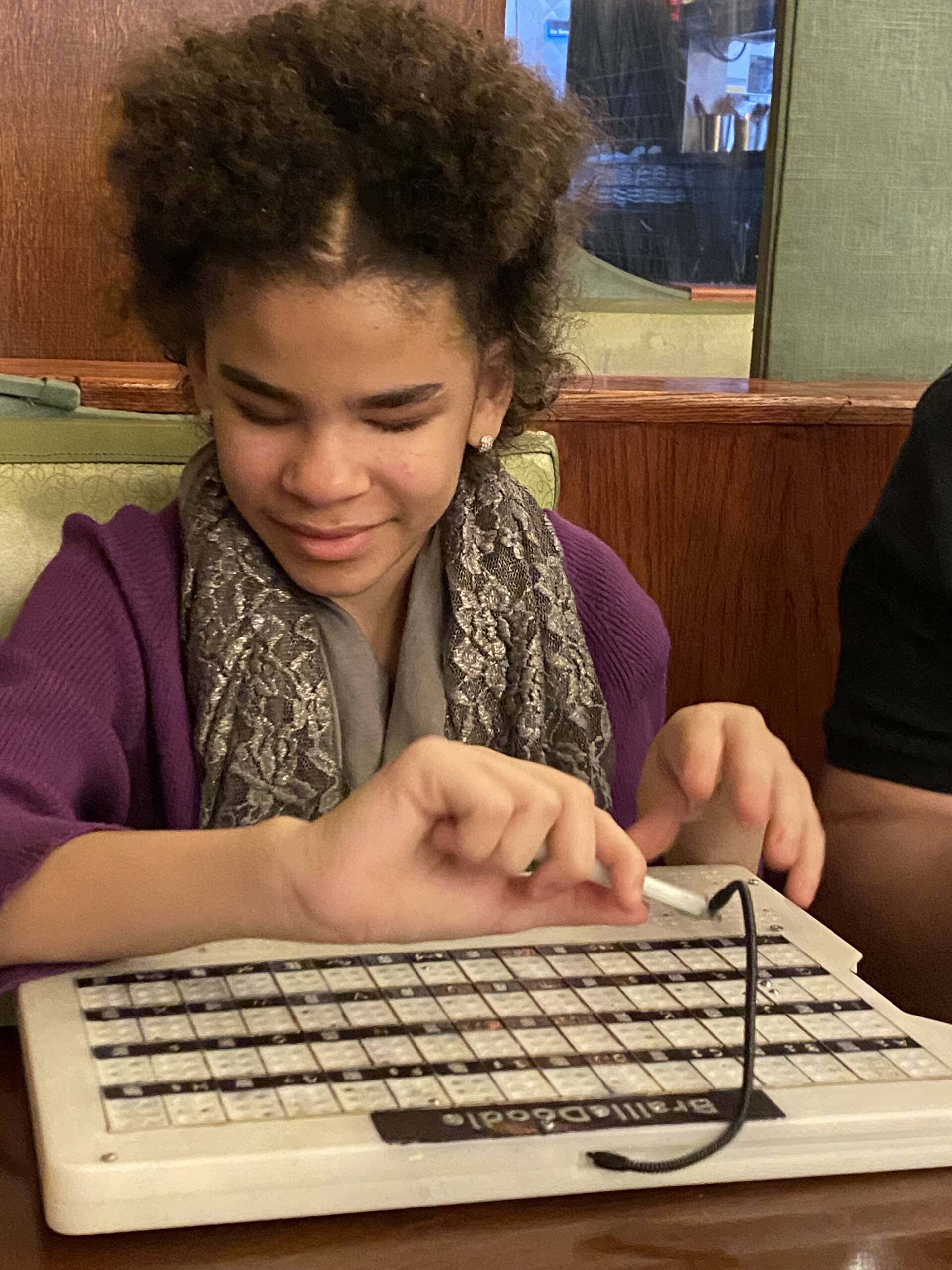Enhance Accessibility with Braille Displays and Notetakers
Enhance Accessibility with Braille Displays and Notetakers
Blog Article
Discover Innovative Devices Developed for the Visually Damaged
The development of innovative devices for the aesthetically damaged represents a substantial innovation in access and freedom. Technologies such as smart glasses with AI capacities and mobile applications made to offer acoustic summaries are reshaping day-to-day experiences for individuals. Additionally, wearable tools that utilize haptic feedback enhance environmental recognition, while modern Braille developments offer new ways to involve with text. As these tools remain to develop, their influence on the lives of those with visual impairments raises vital questions about the future of inclusivity and freedom in different elements of life. What exists ahead in this technical landscape?
Smart Glasses for Navigation

Smart glasses designed for navigation are revolutionizing the method aesthetically impaired individuals interact with their environment. These innovative gadgets use a combination of camera modern technology, expert system, and acoustic feedback to supply real-time info about surroundings. By using barrier discovery systems, wise glasses can alert users to potential dangers, making it possible for more secure wheelchair in both familiar and unknown settings.
The integration of GPS innovation additionally enhances navigation capacities, enabling customers to receive auditory instructions as they move. This hands-free technique not only fosters freedom however additionally encourages visually damaged individuals to navigate city landscapes with raised confidence. In addition, numerous wise glasses are outfitted with features that identify sites and road indicators, supplying contextual details that boosts the customer experience.
Moreover, the advancement of these devices is consistently advancing, with companies functioning to boost the accuracy of item acknowledgment and increase the variety of navigational functions. As wise glasses come to be a lot more available and economical, they hold the potential to substantially change life for visually damaged users. Ultimately, these innovative devices represent a crucial step towards inclusivity, offering improved flexibility and a better sense of autonomy for individuals browsing the globe around them.

Mobile Application for Daily Living
How can mobile applications improve the day-to-days live of visually impaired individuals? Mobile applications are reinventing the means aesthetically damaged customers navigate their settings, take care of daily tasks, and gain access to information. These applications offer important assistance via various capabilities, promoting freedom and boosting lifestyle.
Several innovative mobile applications are created especially for daily living. Apps like Be My Eyes attach aesthetically impaired users with sighted volunteers through video telephone calls, enabling them to get real-time support with tasks such as reviewing tags or navigating strange areas. Seeing AI, created by Microsoft, makes use of artificial intelligence to describe environments, read text, and identify things, effectively transforming a smartphone right into an effective device for everyday assistance.
In addition, navigating apps tailored for the aesthetically impaired, such as Aira and BlindSquare, offer audio-based directions and environmental details, allowing customers to traverse their surroundings securely and confidently. Past navigating and instant assistance, mobile apps also sustain company and task administration, with features that aid customers set reminders, develop order of business, and track consultations. In summary, mobile applications act as crucial resources, encouraging visually impaired people to lead more independent and satisfying lives.
Wearable Technologies for Assistance
Empowerment with technology is increasingly noticeable in the realm of wearable tools made to assist visually impaired individuals. These cutting-edge tools incorporate effortlessly into day-to-day life, improving navigating and supplying crucial comments to customers. Smart glasses geared up with video cameras can check out and identify faces text out loud, permitting individuals to communicate even more with confidence in social and specialist setups.
An additional remarkable innovation is using haptic feedback systems in wearable tools. These systems use resonances or various other responsive signals to share details regarding the user's environment, such as obstacles or changes in surface, enhancing wheelchair and security. Wearable technologies also include wristbands that link to mobile phones, informing customers to notifications through refined vibrations, hence boosting connection without reliance on aesthetic hints.
As these innovations proceed to advance, important site they are not just improving self-reliance for visually impaired people but also cultivating a higher sense of inclusion in culture. By bridging the void between challenges encountered in daily living and the possibility for freedom, wearable technologies serve as critical tools in the quest for equality and empowerment for those with aesthetic impairments.
Sound Description Tools
Sound summary tools play a crucial duty in enhancing availability for aesthetically impaired people, offering them with the ability to involve with visual media. Voice-activated assistive devices. These tools offer narrated summaries of key aesthetic elements in movies, tv shows, and live efficiencies, ensuring that users can completely comprehend the context and emotions conveyed via visuals
Audio summary can be incorporated into different systems, consisting of streaming services, cinema screenings, and live theater. Lots of popular streaming services now consist of audio summary as an access feature, allowing audiences to pick it conveniently. In enhancement to conventional media, specialized apps additionally exist, supplying audio summaries for art exhibitions, galleries, and other social occasions.
The effectiveness of audio description depends upon the ability of the narrators, who need to share visual details succinctly without interfering with the go to this site original audio. Innovations in this field are likewise leading the way for even more tailored experiences, where customers can change the degree of information and pacing according to their preferences.
Braille Innovations and Devices
Braille developments and devices have actually considerably changed the method visually damaged individuals connect with text and info. Modern advancements have led to the growth of functional devices that enhance literacy and self-reliance among individuals. Significantly, Braille display modern technologies have actually advanced, permitting dynamic analysis experiences. These tools convert electronic text into Braille, enabling individuals to access a large array of details on tablets, mobile phones, and computers.
Furthermore, portable Braille notetakers incorporate traditional Braille input with modern capabilities, assisting in note-taking, organizing, and file editing and enhancing on the go. Wearable technology for low vision. These small devices often include text-to-speech capacities, bridging the void between Braille and auditory info
Furthermore, cutting-edge Braille printers have actually arised, allowing individuals to produce Braille tags, records, and instructional products effectively. This accessibility promotes higher participation in expert and educational environments, eventually advertising inclusivity.
Additionally, research study into wise Braille technologies web remains to expand. Gadgets that integrate expert system are being discovered to supply real-time navigating aid and contextual details, enhancing the user experience in diverse settings. On the whole, these technologies reflect a dedication to encouraging aesthetically damaged people with innovation, guaranteeing they can conveniently access and involve with the world around them.

Verdict
The improvement of cutting-edge tools for the visually impaired considerably enhances independence and top quality of life. These modern technologies not just foster greater addition however additionally promote autonomy in everyday activities, eventually adding to a more easily accessible and equitable culture for aesthetically impaired people.
As smart glasses come to be a lot more cost effective and obtainable, they hold the potential to dramatically change everyday life for aesthetically damaged individuals. Mobile apps are transforming the way aesthetically damaged customers navigate their settings, handle daily jobs, and access info. Apps like Be My Eyes attach visually impaired individuals with sighted volunteers using video phone calls, permitting them to get real-time assistance with tasks such as checking out labels or browsing unfamiliar rooms.Furthermore, navigating applications customized for the aesthetically impaired, such as Aira and BlindSquare, supply audio-based instructions and ecological details, enabling customers to traverse their surroundings safely and confidently.The development of cutting-edge tools for the aesthetically damaged dramatically enhances freedom and high quality of life.
Report this page